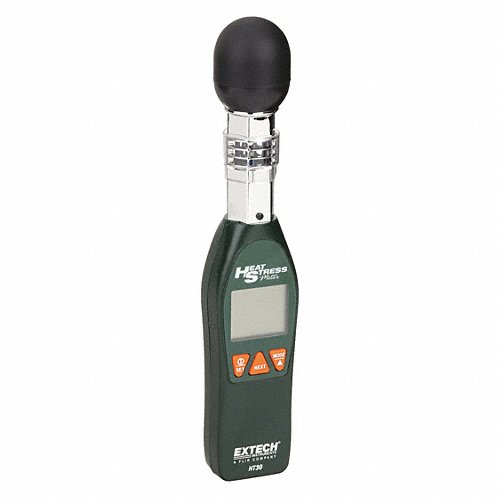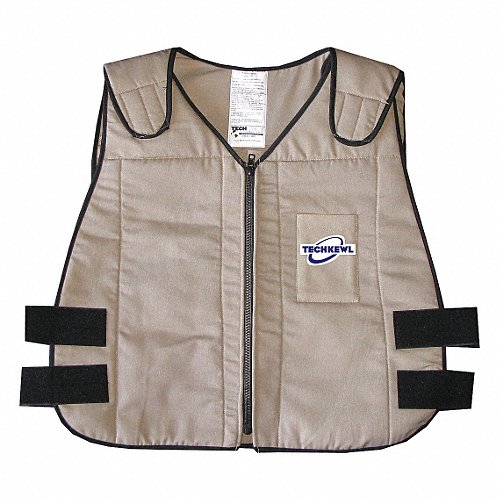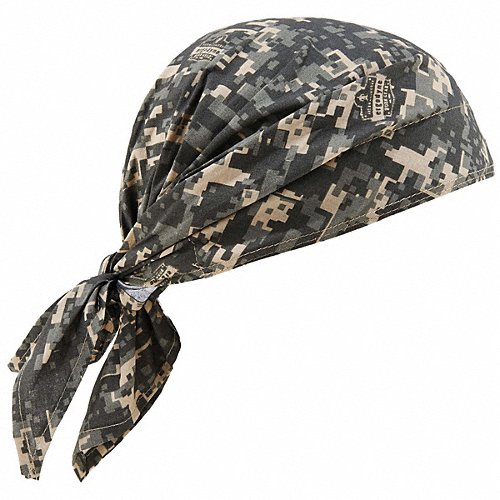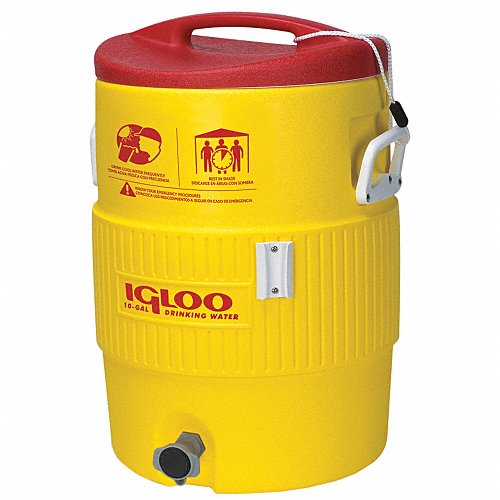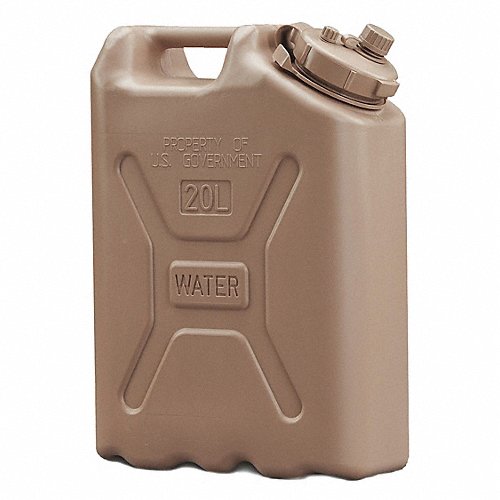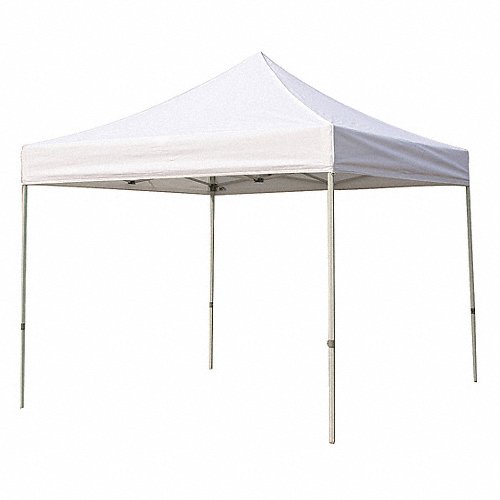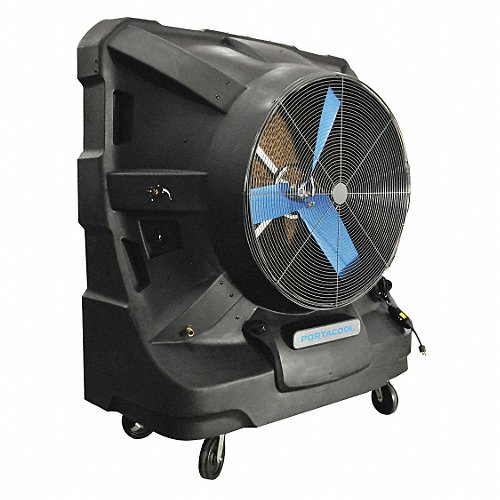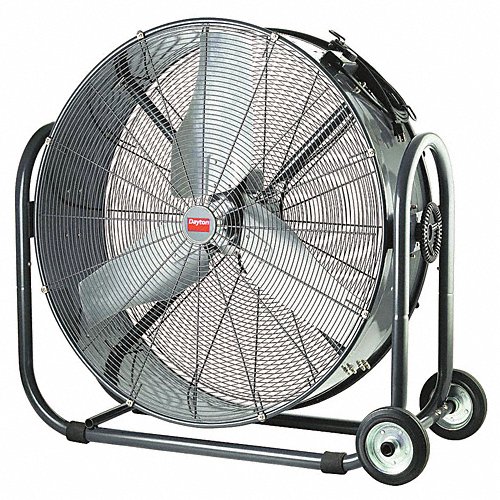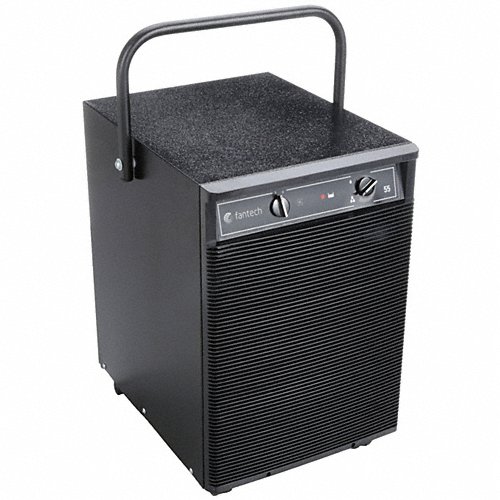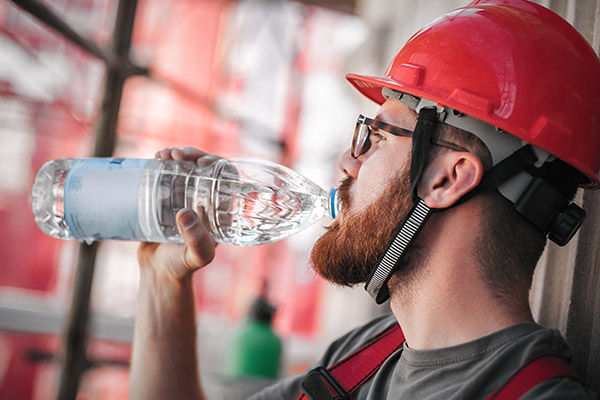

Working in the Heat? Here are Tools to Avoid Heat Exhaustion
By Grainger Editorial Staff 6/23/22


Temperatures are rising, almost any way you view the data. OSHA is increasing its attention on heat-related work hazards. It’s ever more important for employees and employers to recognize the signs of heat stress and the steps to take if it appears.
The most successful approach, however, is likely a proactive one. Focusing on hydration and utilizing environmental tools and workwear can help workers do as much as possible to avoid heat cramps, heat exhaustion and heatstroke. Here is a guide to some of the heat mitigation tools at your disposal.
Hydration
There are different ways to access water on the job, though hydration is not just for your work shift. The Centers for Disease Control notes that proper hydration for working in high-heat environments requires drinking fluids, primarily water, throughout the day.
Hydration packs can help you on the go. You wear a pouch filled with water, and a sip tube allows you to get fluids as you need them without holding or carrying a water bottle or cooler. Individual reusable water bottles come in various formats, including some insulated ones, and portable personal coolers will keep a few individual beverages cold.
To help hydrate entire crews, you can use a chest cooler or an insulated beverage dispenser with refillable cups.
Environment
Shade does not actually reduce the air temperature, but things are still cooler in the shade. Thanks to solar radiation, if you are in direct sunlight you will feel 10-15 degrees warmer than the air temperature reading. The National Weather Service places official thermometers in shady areas, according to the South Florida Sun-Sentinel, so official air temperature readings are set in the shade.
Canopies can provide that shade in a portable manner. There are simple pop-up versions, as well as stronger ones that may offer protection from other elements.
Combining that canopy with a way to circulate air has the potential to bring additional relief. Industrial mobile and stationary floor fans can churn air at rates 3 and 4 times that of a common ceiling fan. Portable evaporative coolers go one step further by using water or some other wet medium to cool the warm air before blowing it out at rates similar to industrial fans.
And if all else fails, fill a storage tub with ice and water and soak some towels in the chilled water.
Workwear
Cordless tool technology has been applied to create heated workwear for cold environments. Nothing so fancy is available yet for working in the heat, but there is apparel that can help.
Cooling vests take three different approaches to maintaining body temperature. Air-cooled vests connect to a compressed air source. Evaporative-cooling vests rely on evaporating water; they will be less effective in humid environments. Finally, some vests have pockets designed to hold inserts that are chilled in a refrigerator or freezer before being placed in the vest.
For the head and neck area, cooling neck wraps are soaked in water and then tied or draped around the neck. They can provide relief for up to four hours. Beyond that, simple caps, sun hats, bandanas and neck protectors all help keep that solar radiation off your head and neck area, helping maintain body temperature.
The information contained in this article is intended for general information purposes only and is based on information available as of the initial date of publication. No representation is made that the information or references are complete or remain current. This article is not a substitute for review of current applicable government regulations, industry standards, or other standards specific to your business and/or activities and should not be construed as legal advice or opinion. Readers with specific questions should refer to the applicable standards or consult with an attorney.

